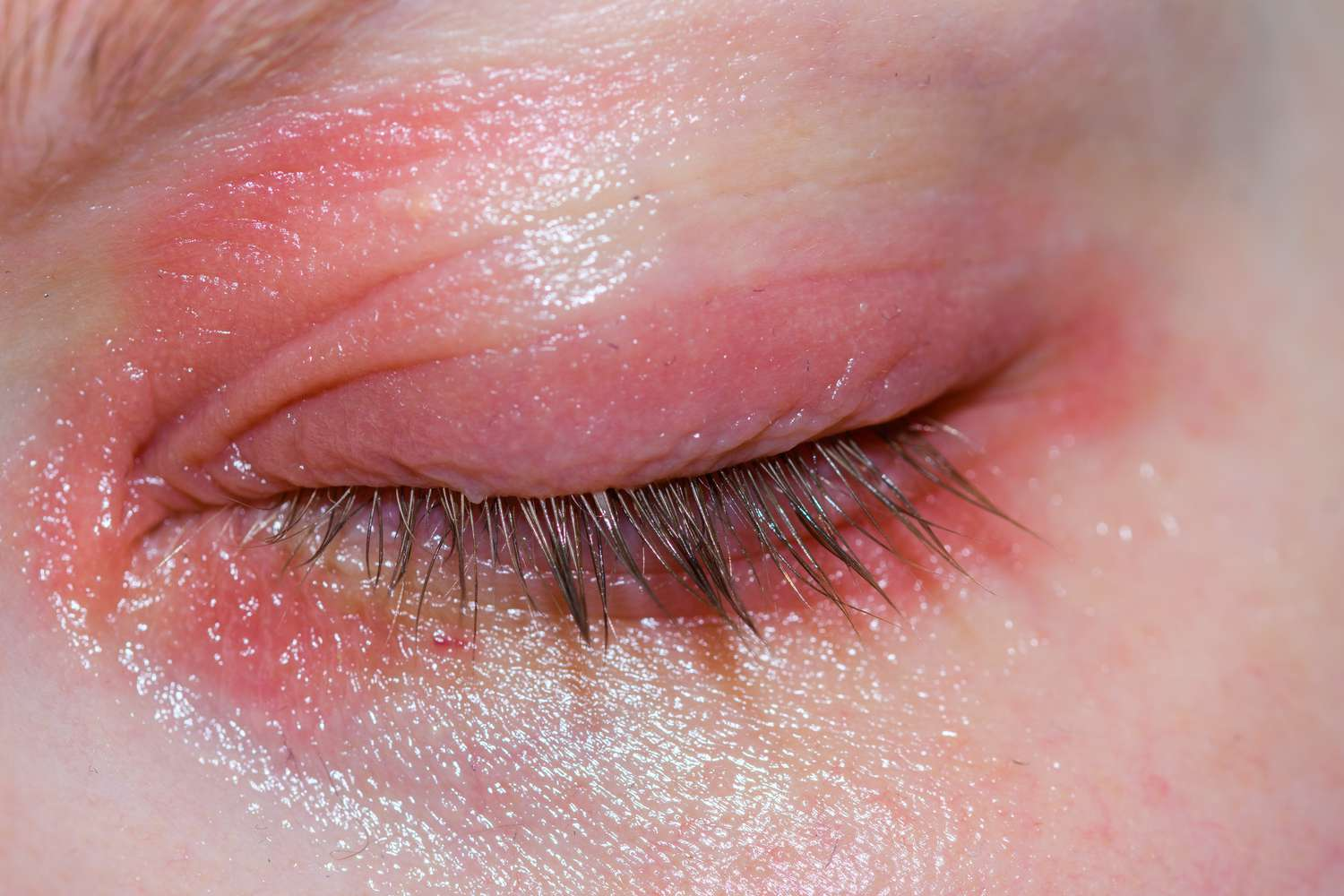Common chronic inflammatory condition affecting the margin of the eyelids
Mixed anterior and posterior can occur

Causes/Factors
Anterior blepharitis - inflammation of the base of the eyelashes - caused by bacteria (usually staph) or seborrhoeic dermatitis
Posterior blepharitis - inflammation of meibomian glands - set of glands that run along the posterior eyelid margin
- Produce a lipid section which provides the lipid layer of the tear film.
- Caused by a blockage of dysfunction of the gland
Symptoms
Anterior:
- Redness and swelling of the eyelid margins
- Crusting and scaling at the base of the eyelashes
Posterior:
- Meibomian gland dysfunction leading to evaporative dry eye symptoms
- Ocular irritation and discomfort
Signs
Anterior:
- Presence of collarettes (dandruff-like flakes) at base of eyelashes
- Eyelid margin inflammation with erythema
Posterior:
- Meibomian gland orifice plugging with thickened meibum
- Conjunctival injection and corneal findings in severe cases
Investigations
- Clinical exam - eyelid evaluation under magnification
- Meibography: Imaging technique to visualize the meibomian glands and assess glandular dropout.
- Tear Film Assessment: Evaluation of tear quality and quantity to identify associated dry eye syndrome.
DDx
- malignant tumours of the eyelid (such as squamous cell, basal cell, or sebaceous cell carcinoma)
- eczema
- infection
- infestation (such as pubic lice)
- autoimmune disease (such as pemphigoid).
Management
- Advising the person of the chronic nature of the condition and the need for maintenance treatment
- eyelid hygiene measures and warm compresses
- Consideration of topical antibiotics (chloramphenicol) if hygiene measures have failed
Referral (with urgency depending on the clinical situation) is indicated if:
- There are symptoms of corneal disease or an eye becomes painful and/or red.
- There is loss of vision.
- Orbital or pre-septal Cellulitis is suspected.
- There is persistent localised disease or eyelid asymmetry (to exclude eyelid malignancy).
- An underlying condition requiring management in secondary care (such as Sjogren’s syndrome or pemphigoid) is suspected.
- There are ongoing symptoms despite optimal treatment in primary care.
- The diagnosis is uncertain.